Cricket Secrets Revealed: The Winning Formula You’ve Never Heard Of
- March 22, 2025
- 0
Cricket, often referred to as a game of bat and ball, might appear simple on the surface. After all, how difficult could it be to hit a ball
Cricket, often referred to as a game of bat and ball, might appear simple on the surface. After all, how difficult could it be to hit a ball

Cricket, often referred to as a game of bat and ball, might appear simple on the surface. After all, how difficult could it be to hit a ball or bowl it towards the stumps? Yet, anyone who has spent time on the field or watched the sport closely knows that it is far from a straightforward affair. The truth is, cricket is a game filled with intricacies, hidden skills, and untold strategies that go well beyond just the basics of batting and bowling. From the mental preparation of a batsman in a pressure-filled chase to the precise calculation of field placements to exploit a bowler’s strengths, cricket is a game of subtlety, nuance, and constant evolution.
The concept of “hidden” skills in cricket goes beyond just learning how to strike the ball cleanly or bowl at speed. It encompasses every aspect of the sport, from reading the game and adapting to ever-changing conditions to understanding how a player’s mindset influences their performance under pressure. Whether it’s the mental fortitude to resist a spell of relentless fast bowling, the ability to read the bowler’s hand and anticipate their next move, or even the quiet art of positioning oneself in the right place to take a match-winning catch, these are the winning formulas that separate good cricketers from great ones.
In this blog post, we’ll take you behind the scenes of cricket to reveal these often-overlooked secrets. These are the elements of the game that truly make a difference but rarely receive the attention they deserve. Whether you’re an aspiring cricketer or a long-time fan, you’ll soon realize that success in cricket is about more than just technical prowess; it’s about the mental agility, strategic awareness, and preparation that lies beyond the obvious.
So, whether you’re a player aiming to step up your game or a fan eager to understand the depth of cricket beyond the surface, let’s explore the secrets that can unlock the true potential of the game and set you on a path to mastery.
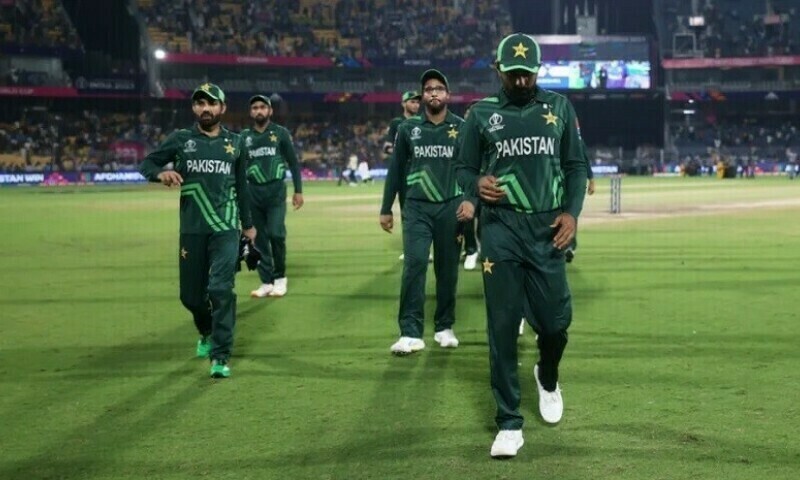
Cricket, often called the “game of patience,” is as much a mental battle as it is a physical one. While players are known for their technical skills, it’s their mental toughness that often determines their success. From the pressure of chasing a challenging target in a One Day International to maintaining focus during a marathon Test match innings, mental resilience is what separates great cricketers from the rest. The ability to stay calm and composed, make the right decisions under pressure, and remain focused through long and exhausting sessions on the field can make a world of difference in a player’s performance.
Mental resilience is the ability to remain composed, focused, and adaptable in the face of pressure, adversity, and setbacks. In cricket, moments of high pressure come thick and fast, and it’s in these moments that the mind must step up. Whether it’s a batsman needing to block out a fast bowler’s relentless attack or a bowler defending a few runs in the final overs, mental resilience is crucial. Even the most skilled players can falter if their mental state is fragile.
Consider the mental challenges faced by a batsman chasing a target in the final overs. The pressure is immense, the fielders are crowding the boundaries, and the bowler is at his best. If the batsman isn’t mentally strong, they could easily be lured into playing an ill-timed shot, resulting in their dismissal. Similarly, a bowler facing the death overs in a tight match must be calm and clear-headed, focusing on executing their deliveries rather than worrying about the outcome. It’s these high-pressure situations that test the player’s mental resilience. Those who can stay focused and in control often come out on top.
One of the most effective techniques for enhancing mental strength is visualization. It’s the process of mentally rehearsing a situation or task before it happens. Top cricketers often use visualization to help them prepare for match situations, allowing them to create a mental blueprint of what they need to do. Whether it’s visualizing themselves facing a bowler or bowling to a batsman, these mental exercises give players a sense of control and readiness.
Visualization has a dual purpose: it helps players anticipate the challenges they may face and it boosts confidence. For example, a batsman can visualize playing a perfect shot against a particular bowler or in a specific scenario. This gives them a mental edge, as they’ve already experienced the moment in their mind. Similarly, bowlers can mentally rehearse a set of deliveries in difficult conditions, helping them stay calm when they’re on the field.
In addition to visualization, maintaining focus is another key aspect of mental toughness. Cricketers often need to stay locked into the game for hours at a time, especially in longer formats like Test cricket. A bowler must remain focused on their line and length, while a batsman must concentrate on every ball they face. Techniques like mindfulness—paying attention to the present moment without distraction—can help players stay grounded and focused during long innings or while defending a small total.
In cricket, there are inevitable moments of stress. The weight of expectations, both from teammates and fans, can sometimes feel overwhelming. Learning how to control emotions and stay calm under pressure is crucial. Many of the world’s best cricketers practice mindfulness to manage stress. This could involve deep breathing exercises, meditation, or simple relaxation techniques that help a player stay centered.
Positive reinforcement is another key strategy for managing pressure. Cricketers often remind themselves of past successes, affirming their abilities and boosting confidence during tough moments. This self-belief can make the difference between success and failure. Some players also use positive self-talk, reminding themselves that they’re capable of handling pressure and executing their skills.
Another method for handling stress is reframing negative thoughts. Instead of dwelling on a past mistake, players focus on the next ball, the next opportunity, and the next challenge. Reframing shifts the focus away from negativity and allows the player to maintain their concentration and remain in the moment.
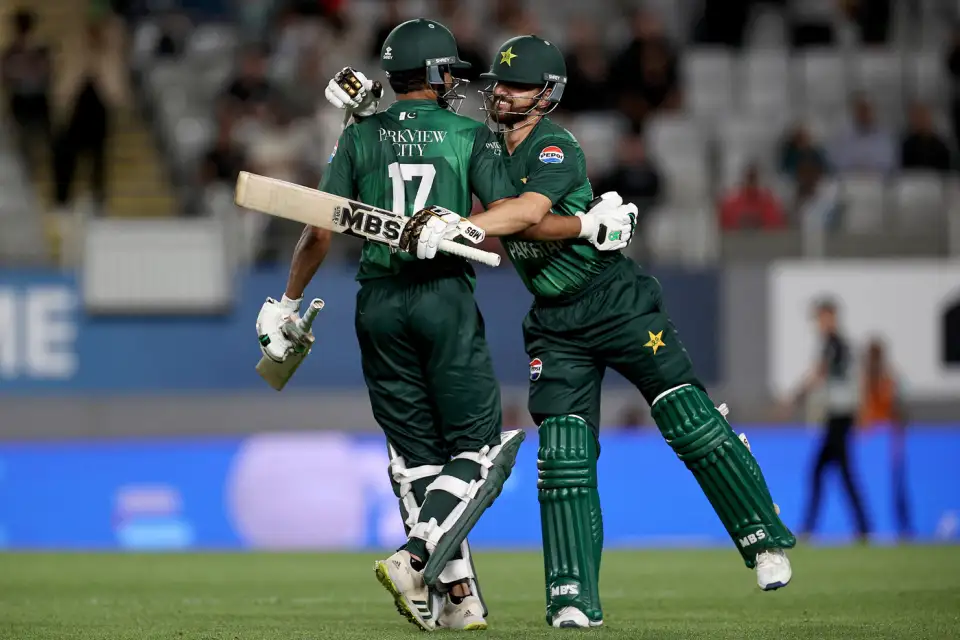
In the world of cricket, shot selection is one of the most underrated skills, yet it is one of the most critical in determining a batsman’s success. A common misconception among novice cricketers is that scoring runs is all about power—hitting the ball as hard as possible. However, the greatest batsmen in cricket history have shown us that the art of shot selection, placement, timing, and reading the bowler is far more important than raw strength. Mastering shot selection is about precision, strategy, and the ability to adapt to varying match situations.
While power can certainly help in cricket, it’s placement that often makes the difference between a good batsman and a great one. Great batsmen don’t just aim to hit the ball hard; they focus on guiding the ball into specific areas of the field where the opposition is weakest. Whether it’s guiding a ball through the slips, placing it in the gap between deep midwicket and long-on, or deftly timing it past the bowler, the ability to find gaps is a game-changer.
Consider the difference between hitting a ball to the boundary through brute force and placing it through a gap with precision. The latter is often more effective, as it requires less risk and usually involves fewer opportunities for the fielding side to intercept the shot. By focusing on placement, batsmen can exploit the fielding positions and pick up easy singles, making it easier to control the game, pace the innings, and reduce the pressure.
Mastering placement also reduces the risk of mistimed shots. Great batsmen use their knowledge of field placements and the bowler’s tactics to ensure that every shot has a purpose and targets a weak spot in the opposition’s field.
One of the defining characteristics of great batsmen is their ability to time the ball rather than relying on brute strength. A well-timed shot will travel farther and more accurately than one hit with raw power. This is where timing and technique come into play. A batsman with impeccable timing will find the ball’s sweet spot, the area where the bat’s power is maximized without relying on excessive force.
Timing is built through a combination of balance, footwork, and wrist action. Great batsmen possess a keen sense of balance, which allows them to position themselves perfectly to meet the ball with the correct part of the bat. Footwork is vital in getting into the right position to execute shots that require delicate placement, like a cover drive or a square cut.
The wrist plays a crucial role in timing, as it helps direct the ball to specific areas of the field. For instance, the flick of the wrist on a pull shot or the gentle push of the hands during a drive determines where the ball will land. A batsman’s wrist action, combined with their footwork and timing, allows them to direct the ball accurately, making placement more effective than power alone.
One of the key elements of shot selection is the ability to read the bowler. Top batsmen excel at reading a bowler’s cues—whether it’s the bowler’s body language, their run-up speed, or subtle variations in delivery. For instance, the way a bowler grips the ball or how they position their hands can give away the type of delivery they are about to bowl, whether it’s a yorker, bouncer, or slower ball.
By reading the bowler, batsmen can make quick decisions about whether to play an aggressive shot or a defensive one. The speed of the ball, the length, and the line are all factors that can influence a batsman’s shot selection. If a bowler is bowling consistently short, the batsman may decide to pull or cut the ball, while if the ball is pitched up, they might opt for a drive. By reading these cues early, batsmen can anticipate the delivery, making their shot selection more deliberate and reducing the risk of being caught off guard.
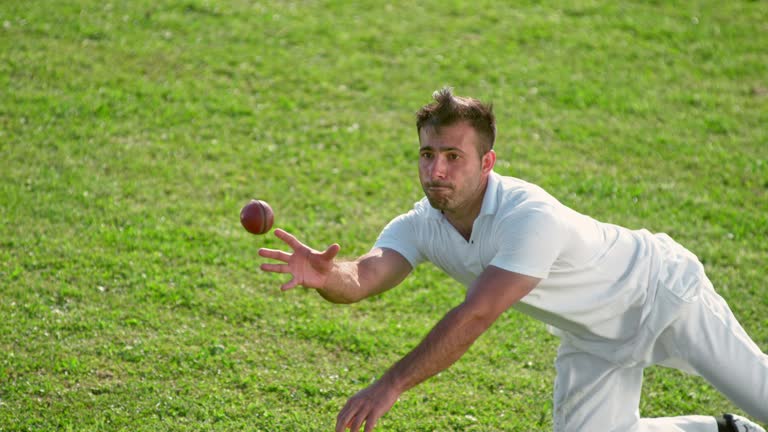
Bowling in cricket is an art that goes beyond simply delivering the ball. While batting often grabs the spotlight, bowling is where matches are won and lost. Whether it’s the subtle swing of the ball, the unpredictable spin, or the raw pace of fast bowlers, each aspect of bowling offers unique challenges and requires a set of “hidden secrets” that top bowlers use to outsmart the batsmen. In this article, we’ll explore the nuances of swing, spin, and pace bowling, as well as how bowlers use these skills in partnership with fielders to create pressure and pick up wickets.
Swing bowling is one of the most fascinating aspects of cricket. It’s a technique that relies on the aerodynamic properties of the cricket ball and the conditions of the game. When a bowler delivers the ball, it can swing either toward or away from the batsman depending on the condition of the ball and the air pressure. The main idea behind swing bowling is to manipulate the ball to move laterally in the air, making it difficult for the batsman to judge.
Reverse swing is a phenomenon that occurs when the ball has been worn down. As the ball gets older, it moves in the opposite direction to what you’d expect, often swinging late and at high speeds. Reverse swing is a deadly weapon, especially for fast bowlers like Dale Steyn or Wasim Akram. The ability to control reverse swing is influenced by the bowler’s wrist position, seam orientation, and how the bowler utilizes the old ball’s wear patterns. Reverse swing becomes especially potent in dry, abrasive conditions, where the ball can wear quickly.
The two primary types of spin are off-spin and leg-spin, but there are numerous variations within these, including:
The key to successful spin bowling lies in deception. A spinner must vary the speed, flight, and bounce of their deliveries to create uncertainty in the batsman’s mind. Masters of spin bowling use a combination of these variations to outsmart the batsman.
Fast bowlers are the enforcers on the cricket field. Their job is to use pace, bounce, and aggression to dominate batsmen. But what separates the best fast bowlers from the rest is their ability to maintain pace while crafting deliveries that challenge the batsman.
Maintaining pace is not just about raw strength; it’s about technique, fitness, and strategy. Bowlers like Brett Lee and Shoaib Akhtar were known for their extreme speed, but their consistency was equally important. Fast bowlers need to pace themselves through a spell, ensuring they maintain their speed without burning out too early.
The key to fast bowling success lies in setting up the batsman. A bowler can start with a few deliveries aimed at the body or just outside off stump to force the batsman to play shots they are uncomfortable with. Then, a fast bowler can use variation in length and pace to set traps, such as a short-pitched delivery followed by a yorker. This strategic use of pace and bounce makes fast bowlers particularly dangerous when they bowl in partnerships, with the aim of wearing down the batsman mentally and physically.
One of the most overlooked aspects of bowling is the partnership between the bowler and the fielders. A bowler does not work in isolation—they must rely on their fielders to create pressure and generate opportunities for dismissals. Strategic field placements, especially in the slips, gully, and at fine leg, are crucial in setting up a wicket.
Bowlers work closely with captains and fielders to set traps for batsmen. For instance, a fast bowler might bowl a series of deliveries aimed at a batsman’s body or in swinging into them, with a fielder positioned at short leg or in the slips, waiting for the batsman to make a mistake. Similarly, spinners set up batsmen by placing fielders in key positions like the deep midwicket or short fine leg to increase the chances of a catch off a mis-hit.
Effective communication between bowlers and fielders is key to maintaining pressure. For example, when a bowler is setting up a plan to bowl a bouncer or a slower delivery, the captain might place a fielder in a specific position to intercept or catch the ball. This creates an integrated, tactical approach to dismissals, where every player is aware of the strategy.
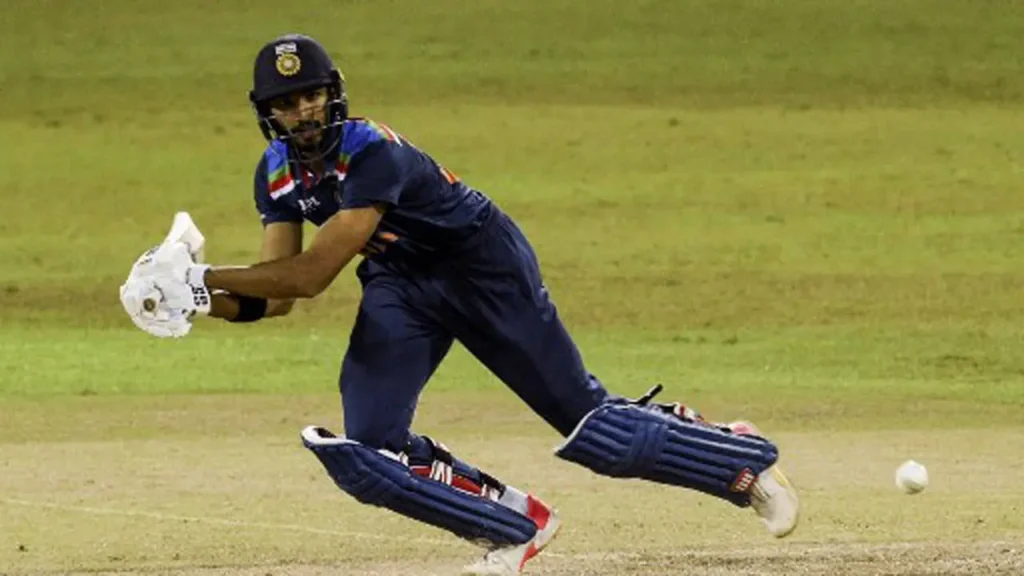
Fitness and conditioning have become integral aspects of modern cricket. With the game evolving in terms of intensity, format, and skill, cricketers need to ensure that they are in peak physical condition to compete at the highest level. The ability to perform consistently over extended periods, recover quickly from physical strain, and avoid injury can make a massive difference in a player’s career. In this article, we’ll discuss how fitness impacts cricketers’ performance across various aspects, from endurance in long formats to agility for fielding and explosive power for fast bowlers, as well as the importance of recovery strategies in keeping players fit and healthy.
Fielding is often referred to as the “unsung hero” of cricket, and agility plays a critical role in ensuring top-tier fielding performance. Whether it’s a quick reaction to a fast ball, chasing down a boundary, or making a crucial catch in the slips, agility is a skill that can make or break a game. A fielder with excellent agility can cover more ground quickly, make sharp turns, and react to the ball in an instant, leading to more chances for dismissals and limiting runs.
To improve agility, cricketers typically focus on exercises that enhance their footwork, quickness, and reflexes. Drills such as ladder runs, cone drills, shuttle sprints, and plyometric exercises (which emphasize explosive power and speed) help fielders improve their ability to change direction quickly and accelerate toward the ball. This helps them cover large areas in the field and react to fast deliveries, crucial for making sharp stops or diving for catches. Furthermore, flexibility training, like yoga or dynamic stretching, allows fielders to move freely and perform high-intensity movements without injury.
Fast bowlers require a unique combination of explosive power, strength, and endurance to bowl at high speeds for long spells. The strain placed on their bodies during each delivery is intense, requiring not only strength but also flexibility to avoid injury and maintain speed. Fast bowlers often bowl in short bursts, but each delivery must be powerful enough to generate pace, bounce, and swing.
Strength training is a critical component of a fast bowler’s fitness regimen. Weight training, resistance exercises, and exercises that strengthen the core, legs, and upper body help fast bowlers generate the power needed to bowl at maximum speed. These exercises also contribute to maintaining correct body posture and mechanics to avoid strain.
Flexibility training, particularly in the shoulders, back, and hips, is just as important for fast bowlers, as they need a full range of motion for an efficient bowling action. Fast bowlers also focus on improving their cardiovascular fitness to ensure they can sustain their speed and accuracy throughout a spell, often working on interval training to replicate the bursts of effort during a match.
Lastly, recovery is a significant aspect of fast bowling fitness. The impact of delivering a fast ball can take a toll on a bowler’s joints and muscles. Therefore, proper recovery strategies are vital to maintaining peak performance and preventing injuries.
Recovery is as important as training when it comes to maintaining a cricketer’s fitness. A cricketer’s body undergoes significant physical stress during matches, and it is crucial that players have effective recovery strategies in place to maintain performance and reduce the risk of injury.
Modern cricketers use a combination of recovery techniques, including physiotherapy, stretching, massage, and proper hydration, to ensure they recover effectively after a match or training session. Physiotherapists play an important role in helping players with injury prevention, injury rehabilitation, and ensuring their bodies stay in optimal condition. Stretching and yoga are often incorporated to maintain flexibility and reduce muscle soreness.
Sleep is another key recovery component. Restful sleep helps the body repair muscle tissue, replenish energy stores, and boost cognitive functions, which is essential for focus and concentration on the field. Cricketers are often advised to ensure they get between 7 to 9 hours of quality sleep each night to aid recovery.
In addition, modern cricketers also use methods like ice baths, cryotherapy, compression garments, and other techniques to reduce muscle soreness and inflammation after intense physical exertion. These methods help accelerate recovery and minimize the downtime between matches.
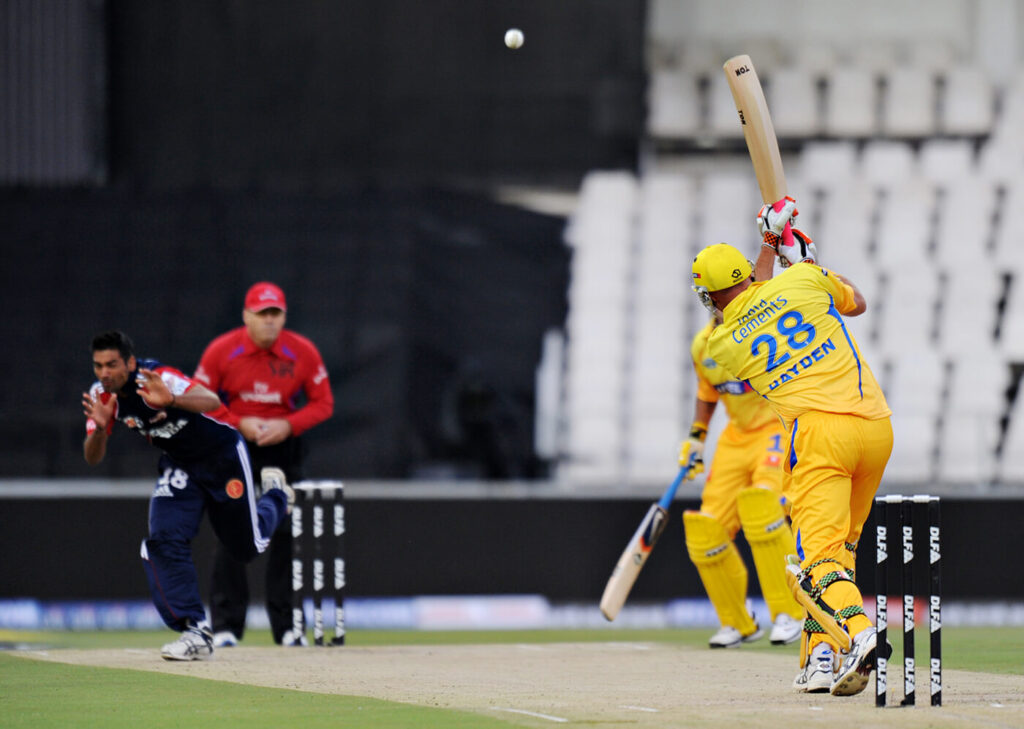
Fielding is often referred to as the unsung hero of cricket, but it is crucial to the overall success of a team. While batting and bowling take the spotlight, exceptional fielding can turn a game on its head, creating opportunities for wickets, saving runs, and building pressure on the opposition. Mastering the art of fielding involves a mix of agility, reflexes, precise technique, and a sharp cricketing brain. In this article, we will explore the essential skills required to become a top-class fielder and how these skills can be developed and refined.
Agility and quick reflexes are at the core of every successful fielder’s skill set. Whether it’s diving for a catch, chasing down a boundary, or making a quick stop to save runs, being agile and having fast reflexes can make a significant difference. These qualities help fielders cover large areas of the field and react quickly to fast deliveries.
To develop agility and reflexes, cricketers typically engage in various drills and exercises that help enhance their speed, coordination, and reaction time. Some effective exercises include:
These drills, along with consistent practice, help build the reflexes and agility needed for fielding in cricket, ensuring fielders are always prepared to make those game-changing stops and catches.
Catching is a skill that can win or lose matches, and cricketers need to develop the ability to catch in a variety of scenarios, including slip, gully, and outfield catches. Each type of catch requires specific techniques and preparation.
A fielder’s throwing technique is just as crucial as their catching abilities. A powerful and accurate throw can often result in direct hits, saving runs, or even creating a run-out opportunity. Whether it’s a one-handed throw or a fast throw to the stumps, accuracy and speed are essential.
In addition to these skills, consistent practice and repetition allow fielders to become confident in their throwing abilities, helping them save crucial runs and turn the tide in the game.
A fielding team’s success is largely determined by how well they adapt to the batsman and bowler’s strengths and weaknesses. Field placements are one of the most strategic aspects of cricket, with captains and coaches determining the best areas to place fielders based on the situation. A smart captain can position fielders in such a way that the batsman feels trapped, forcing mistakes that lead to wickets.
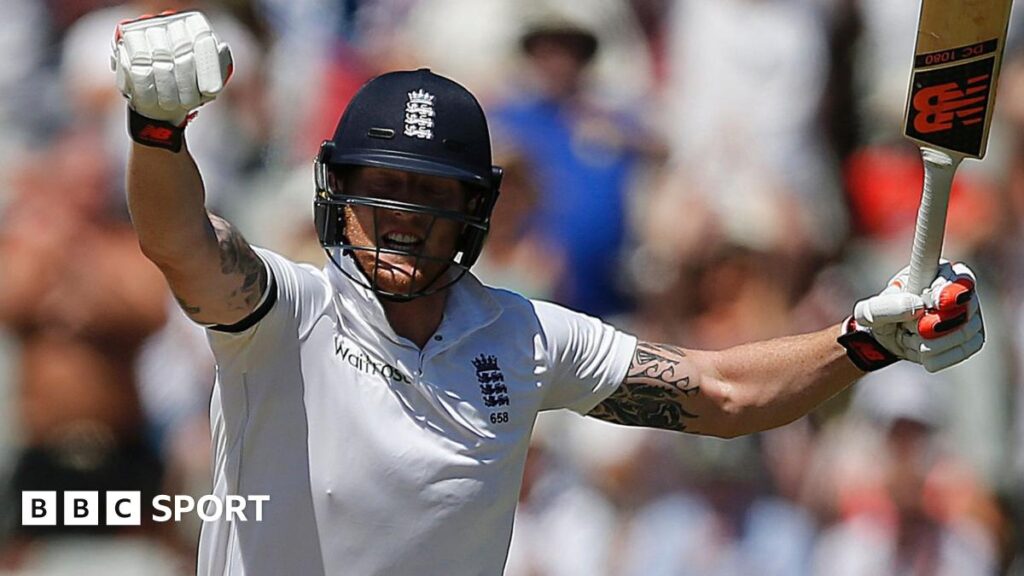
Cricket is often described as a game of nuance, where the flow of the match can shift in an instant. To succeed at the highest level, players must be able to read the game and make strategic adjustments based on evolving conditions. This “tactical edge” separates good cricketers from great ones and is essential for winning matches, especially in high-pressure situations. From captains setting the tone to individual players adjusting to conditions, the tactical awareness in cricket is a game-changer. Let’s explore the key components of strategy, adaptability, and leadership in cricket.
Top players and captains possess a remarkable ability to read the ebb and flow of the game. They understand when to attack and when to play defensively, depending on the situation at hand. Reading the game involves identifying crucial moments and making strategic decisions based on pitch conditions, opposition strengths and weaknesses, and the overall momentum of the match.
For example, in limited-overs formats like ODIs and T20s, the batting team might accelerate its scoring when the fielding restrictions are in play, but they might also decide to consolidate and build partnerships when wickets fall. Similarly, bowlers and captains assess a batsman’s weaknesses and adjust their strategies accordingly. A captain’s ability to understand these dynamics and respond quickly with changing field placements or bowling rotations can be the difference between winning and losing.
One of the most subtle yet crucial aspects of cricket strategy is the partnership between batsmen and bowlers. Whether it’s a batsman building a solid foundation or a bowler setting up a dismissal, communication and understanding are key to putting pressure on the opposition.
Effective leadership is integral to any cricket team’s success. A captain’s role is not only to set the field and make tactical decisions but also to inspire confidence in the team and guide players through difficult situations. The captain must have a keen understanding of the game’s nuances and be able to make decisions on the fly, often under intense pressure.
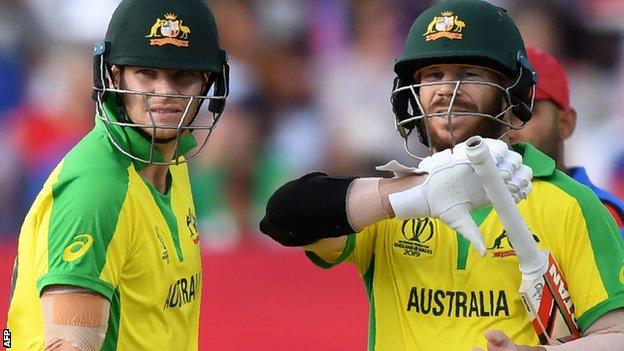
In the modern era, technology has become an essential part of cricket, fundamentally altering how players train, perform, and strategize on the field. From data analytics to wearable devices, technology is providing cricketers with tools to enhance their performance, refine their techniques, and make more informed decisions. The evolution of cricket through technology has helped revolutionize the sport, enabling players and coaches to gain a deeper understanding of the game and optimize their training methods. Let’s explore how different technological advancements are shaping the future of cricket.
One of the most significant technological advancements in cricket is the use of analysis tools like Hawk-Eye, biomechanical analysis, and data analytics. These tools have changed the way coaches and players analyze both their own performances and the opposition’s strategies.
Another significant technological tool used in cricket is video review. Watching match footage has become a critical aspect of training for both players and coaches. Video analysis provides an in-depth look at the player’s technique and decision-making in real match situations, helping them identify what went wrong or right.
The introduction of wearable technology has further revolutionized cricket by allowing players to monitor their performance and physical condition more accurately than ever before. Devices such as fitness trackers, heart-rate monitors, and GPS trackers provide real-time feedback about a player’s body during both training and matches.

While the cricket field is where the action happens, much of a cricketer’s success is determined by the work they do off the field. This often-overlooked aspect of the game is where players refine their skills, improve their fitness, and maintain mental resilience, all of which are crucial for sustained performance. From rigorous training schedules to mental health management, the preparation off the field is just as important as the performances on it.
Professional cricketers follow strict training regimes that focus on skill development, fitness, and mental conditioning. A well-rounded training schedule not only enhances a player’s technical ability but also ensures their body is prepared to handle the demands of the game.
Proper nutrition plays a critical role in ensuring that cricketers are able to perform at their best. A well-balanced diet helps maintain energy levels, aids recovery, and boosts overall health, enabling players to withstand the physical demands of the sport.
Rest and recovery are critical components of a cricketer’s lifestyle, enabling players to avoid burnout and maintain peak performance over a long season. Cricketers follow strict recovery protocols that include sleep, physiotherapy, and stretching exercises.
In cricket, the pressure to perform can be immense, and mental health is becoming a more prominent issue in the sport. Cricketers face not only the pressure of representing their country or franchise but also the constant scrutiny from fans and media. Managing this pressure is essential to prevent mental fatigue, burnout, and performance anxiety.
use off-season periods to recharge, travel, or spend time with family and friends to maintain mental well-being.
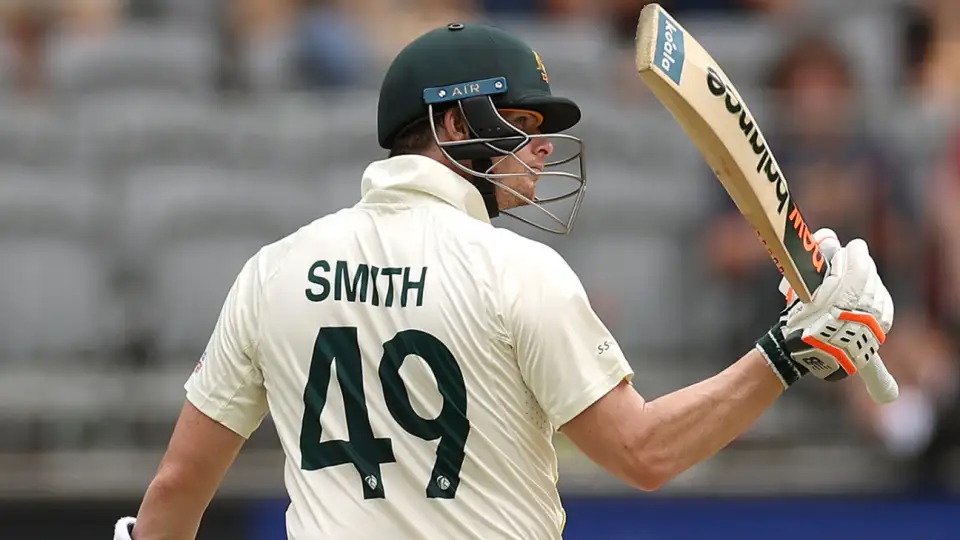
Cricket legends like Sachin Tendulkar, Shane Warne, Jacques Kallis, and Brian Lara have left an indelible mark on the sport. Their records are legendary, and their approach to the game offers invaluable lessons for aspiring cricketers. Beyond their raw talent and technical skills, these players exhibited qualities that set them apart and enabled them to consistently perform at the highest level. Let’s explore what made them great and what aspiring cricketers can learn from their journey.
As we’ve uncovered throughout this blog, the journey to dominating the game of cricket is not just about hitting the ball or taking wickets—it’s about mastering a combination of mental, physical, and technical aspects that all contribute to success. Cricket’s “winning formula” extends far beyond basic skills; it includes mindset, fitness, tactical awareness, and the relentless pursuit of improvement.
It’s clear that success in cricket is far more than just technical brilliance with the bat or ball. To truly elevate one’s game, players need to focus on the total package—mental resilience, physical fitness, strategic understanding, and constant skill development. This holistic approach to cricket ensures longevity and consistency, allowing players to thrive under pressure, adapt to changing conditions, and overcome challenges.
In addition, cricket isn’t a sport where one-dimensional players succeed for long. Whether you’re a batsman, bowler, or all-rounder, mastering various aspects of the game and understanding the tactics involved in each situation is essential. Players who consistently evolve, adapt, and remain dedicated to their craft stay at the top of their game. For anyone looking to dominate the game, expanding beyond just batting and bowling is essential.